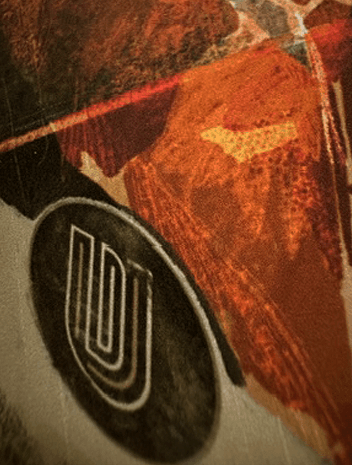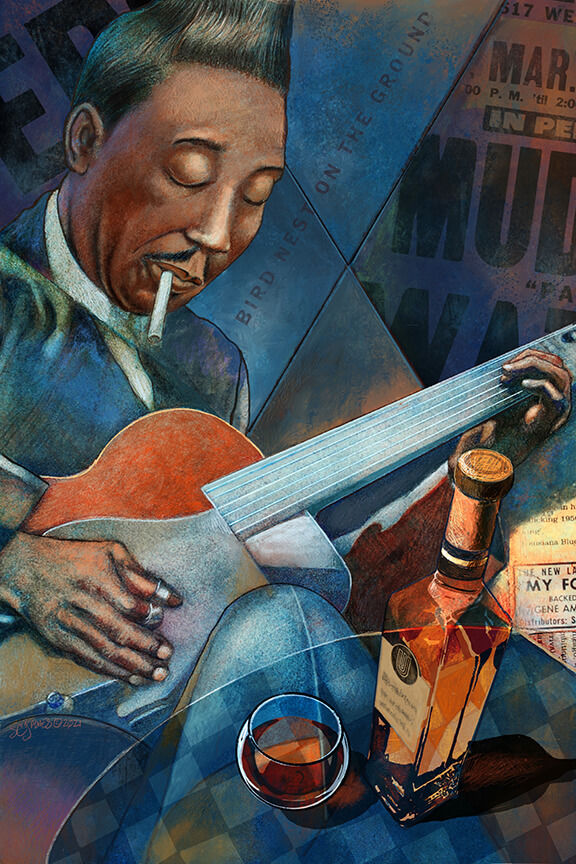Art Traveler
Discovering Fine Art Printing: Bringing Art to Life
If you’ve ever admired a beautiful painting but couldn’t afford to buy the original, fine art printing might be the solution you’re looking for.
Fine art prints, often referred to as giclee, archival or museum quality prints, uses advanced inkjet technology to create high-quality prints of artwork. Instead of simply transferring an image onto paper, this method involves carefully spraying tiny droplets of special ink onto various surfaces like paper, canvas, or fabric. The result? Prints that are vibrant, detailed, and built to last, almost as if you’re looking at the original artwork itself.
Why choose fine art printing?
Fine art printing offers several advantages for both art lovers and collectors. Firstly, these prints capture all the intricate details and colors of the original artwork, making them a great choice for anyone who appreciates fine art. Plus, they’re usually made on special, long-lasting paper, ensuring that your print stays looking beautiful for years to come.
Another perk of fine art printing is that it allows for smaller print runs, meaning that limited edition prints are more accessible to collectors. So, even if you can’t afford the original masterpiece, you can still own a piece of art that looks almost identical.
Understanding Fine Art Printing or Giclee
Fine art printing utilizes a wide range of colors to produce high-quality art prints. The number of colors required to qualify as giclee printing varies, but industry standards typically involve a wide color gamut ranging from 8 to 12 colors. This is different from the color laser printing or commercial printers, which use the CMYK (Cyan, Magenta, Yellow and Black) reproduction standard. Figure 1.

In fine art printing, a comprehensive palette of colors is utilized to capture the subtle nuances of the original artwork. By employing advanced inkjet technology and pigment-based inks, fine art printers can reproduce a vast spectrum of colors, ensuring the faithful representation of the artist’s vision. Figure 2.
Some of the best-known manufacturers of these types of printers are household names that include Canon and Epson takes the lead in this area and is within range of affordability for most artists. However, a good desktop version like a Canon imagePROGRAF PRO-300 is affordable for most but will only print up to 13 inches wide. If getting into the large posters sizes like 44 inches wide can run up to $10,000.00 or more. For the artist who can’t afford printers in this range, many online services are available for printing larger versions of the work. However the cost can vary depending on the service, but is usually less expensive than the original.
- Examples of Giclee Pricing compared to original:
8×10 fine art print reproduction: $10.00 – $27.00. Original art can start at $300.00 and up for this size. Unframed. - 18×24 inch fine art print: reproduction: $35.00 – $77.00. Original art can start at $1200.00 and up for this size. Unframed.1
Why fine art prints matter today
If you’re considering giclee printing, there are plenty of reasons to give it a try. Giclee printing is incredibly relevant in today’s art world because it allows artists to create high-quality reproductions of their work.

The benefits of fine art printing:
- Superior Color Accuracy and Reproduction
- Longevity and Archival Quality
- Preservation of Fine Artistic Details
- Cost-effective for both Artists and Collectors
- Use of Archival Quality Substrates and Pigment Inks
Not only does giclee printing benefit collectors, but it also allows general audiences to enjoy and purchase affordable art prints that closely resemble the original artwork. With its ability to capture every detail and color, giclee printing provides an immersive art experience for everyone.
1. Information based on artist pricing from artsy.net and saatchiart.com.

